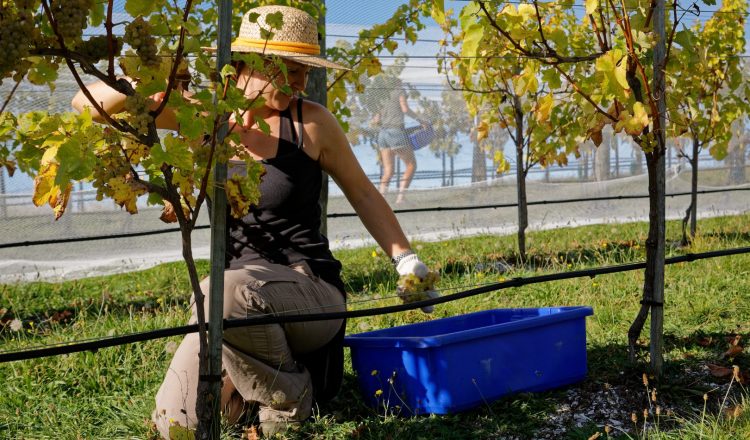이력서(CV, Curriculum vitae) 작성법
미래의 직장 인사담당자의 관심을 끌 만한 이력서를 쓰는 것은 결코 쉬운 일이 아닙니다. 하지만! 몇 가지 팁을 드리겠습니다.
너무 길게 만들지 마세요
뉴질랜드에서 CV(Curriculum vitae)는 보통 2-3장이면 충분합니다. 괜히 이력서를 길게 만들어서 읽는 사람을 지루하게 만들지 마세요. 지원하려는 직무와 관련한 필수 정보를 가지고 있는지 확인하세요. 만약 기재한 내용이 직무와 관련 없거나 그닥 좋은 인상을 심어줄 것 같지 않다면 과감히 삭제하세요. 양보다 질입니다.
직무 기술을 자랑하세요
이력서는 지원하고자 하는 직무에 맞게 작성되어야 합니다. 직무와 관련된 기술과 경험이 풍부하고 자신이 그 역할을 맡아야 하는 이유를 제시할 수 있도록 합니다. 지원한 역할에 대한 직무 사양을 살펴보고, 해당 요점과 연계할 수 있는 스킬과 경험을 찾아 이력서를 작성하세요.
추천서
고용주은 지원자가 이력서에 쓰여진대로 좋은 사람인지 알 방법이 없습니다. 바로 이 점 때문에 뉴질랜드에서는 지원자의 전직장 추천서에 비중을 많이 둡니다. 좋은 추천서를 받은 적이 있다면 반드시 포함시키세요. 심지어 면접에서까지 다른 지원자보다 더 돋보이게 도와줄 수 있습니다.
문법 및 맞춤법 확인
일부 고용주들은 문법과 철자가 틀린 이력서가 있다면 거들떠보지도 않습니다. 맞춤법 검사를 한 다음, 다른 사람들에게 보여주어 이상한 점이 없는지 두 번 세 번 확인하세요.
커버레터(Cover letter, 자기소개서) 포함
훌륭한 이력서도 좋지만, 정말 매력적이고 흥미로운 자기소개서도 함께 제출해야 합니다. 자기소개서에는 다음이 포함되어야 합니다.
- 그 일을 원하는 이유
- 회사를 위해 할 수 있는 일
- 직무에 부합하는 기술, 자격 및 경험의 하이라이트

















































